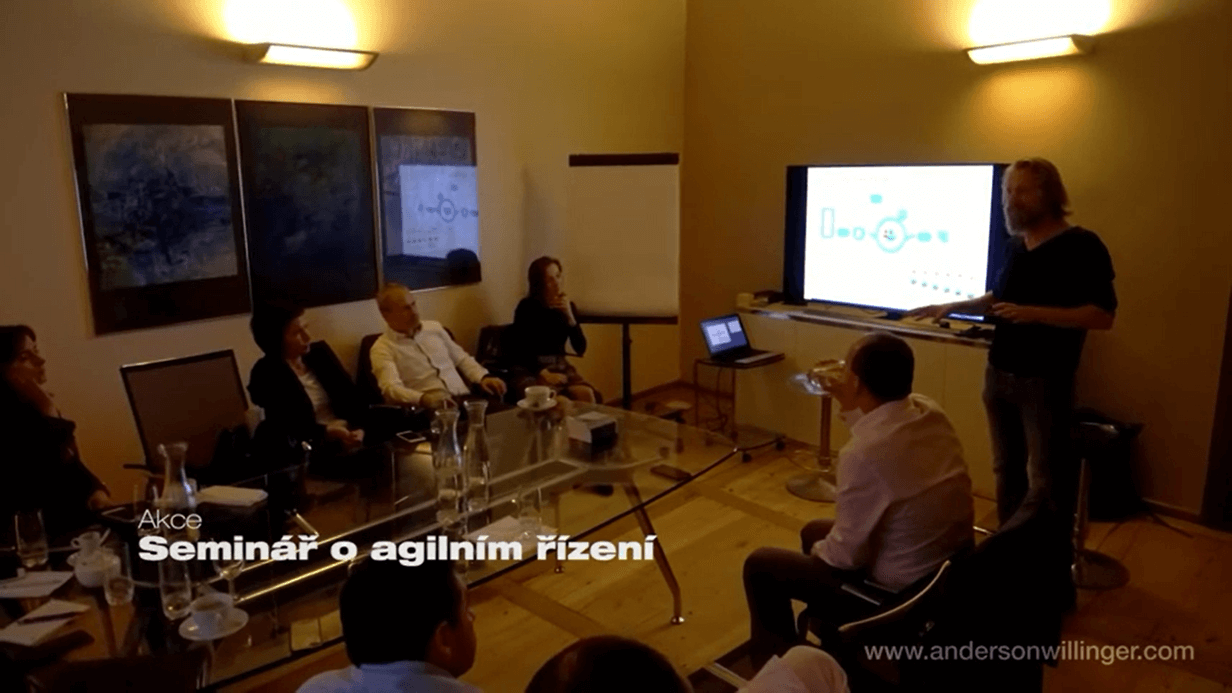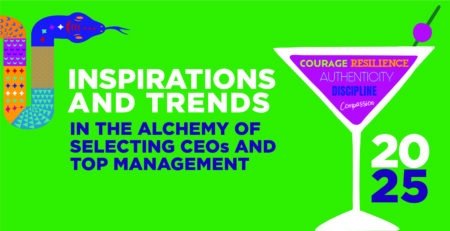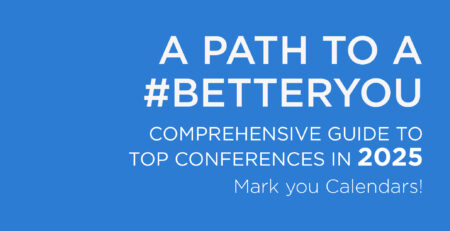The future of work is coming
Future of work is coming – by Anderson Willinger, executive search
Companies around the world, from technology start-ups to multinational banks, are abandoning the traditional system where senior executives manage and their subordinates execute orders. Small multifunctional teams that manage themselves are given great powers. This is called the agile management method. A modern, effective form of management that completely changes the game. What is it about? And what do Czech and Slovak HR directors think about it?
Agile management methodologies emerged at the end of the last century in the environment of software companies. The rapidly evolving software industry has presented developers with increasingly complex tasks for which traditional methods of work are no longer sufficient. It was necessary to go things differently. For example, involve the client and the target user of the software throughout the process. And also take into account that the whole project can change constantly and radically during the work.
The word “agile” began to refer to these innovative practices only in 2001. That year, seventeen leading software experts decided to consolidate the basic principles of the new methodologies into a single code, which they called The Manifesto for Agile Software Development.
The core of the Manifesto were 4 basic priorities:
People and their cooperation have priority over processes and tools
Communication and interaction are the basis of everything. It’s better to have a team of people who are in constant contact with each other, and together they do it, than a set of amazing experts who work in isolation and are generally not team players.
Cooperation with the customer has priority before negotiating contracts
With complex software, it is often not possible to arrange the details in advance. It is best to be in close contact directly with the end user and edit the project in progress according to his comments and needs.
Responding to change has priority over following a plan
Agile methodology takes into account that everything is constantly evolving. Changes to the plan and assignments are welcome, as we are able to adapt to them quickly thanks to our agility. After all, the word ‘agile’ in English expresses, among other things, adaptability.
Running software takes precedence over extensive documentation
No comment is needed here. Feel free to replace the word software with any other product or service.
Even at the time of the publication of the Manifesto, it was clear to many people that the principles of agile management have potential in areas other than software development. In practice, however, it was used and promoted by only a small group of visionaries and innovators, who usually worked in start-ups.
But that didn’t last long. As early as 2005, large companies began to be interested in agile methodology, not only in the field of IT. They came across situations where it turned out that traditional ways of management in today’s world are sometimes out of breath.
Effective scrum
One of the most common agile methods is called Scrum. It was founded in the 1990s and its name comes from the rugby term scrum. In rugby, it is called the moment when the game is restarted after an interruption, which consists in the players of both teams facing each other and throwing themselves at the ball between them.
Scrum divides each project into individual functional units. And each such unit is addressed separately. Work on them takes place in short, several-week sections, which are called sprints. At the end of each sprint, everything is evaluated again. This makes it possible to quickly identify problems, respond to them and, if necessary, “interrupt the game” and redefine the project in part or in full.
One of the key innovations in agile management is the break with the traditional management hierarchy. This has been replaced by small, multi-functional teams that manage themselves. Each such team works exclusively on a single task, with maximum concentration on the result.
One of the pioneers of this agile method in Europe, the Belgian Gunther Verheyen, says that Scrum spread in three waves.
The first wave came in 2005 and 2006, when companies faced increasing difficulties in supplying various types of software that were not very compatible with each other and could not be solved by traditional methods.
The second wave came sometime between 2010 and 2011, after the end of the global economic recession, which revealed how inefficient the traditional way of working is. And that when you need to manage a marketing project, launch a new product, or lead a regional or transnational expansion, an agile approach is much more effective.
The third wave is underway now. And it is driven by the company’s desire for simplicity, concentration, and a clear work rhythm.
It’s up to you whether you jump on this wave and surprise yourself in the future, or if you drown in it, says Gunther Verheyen, who is hired as a company by companies such as AirFrance-KLM, NN Group, Nordea, BMW, Liberty Global. or Damco.
The wave of agility in the Czech Republic
Lucie Teisler, Managing Partner from Anderson Willinger, a company that provides executive search and career building services, says she met the first demand for agile managers about four years ago. At that time, these were mostly candidates from various start-ups who were hired for centralized IT service centres. But soon there was interest in people with these skills in telecommunications and banking.
About two years ago, local companies began looking more often for candidates with experience in agile methods when looking for Chief Operating Officers.
Currently, there is a demand for managers who are able to comprehensively use agile methods in the management of many teams and have at least five years of experience in the field. Above all, candidates who have several years of foreign experience or who are currently abroad are appreciated. The reason is simple, foreign companies that actively work with agile management usually have a several-year lead over the Czech ones.
This is also the reason why Anderson Willinger is organizing a series of seminars on agile management. The first of these took place on November 16 at the company’s headquarters, and its theme was Commonwealth Agility and building new functional teams.
Martin Horčička, ex CIO NN Belgium, and the above-mentioned pioneer of agile methods Gunther Verheugen spoke as lecturers.
And what is the opinion of HR directors of major companies on the Czech market on the agile approach?
“I’m a big fan of agile management. I have seen several times in companies how they have managed to break through large projects that have not been able to move until then,” says Marie Martinková, HR Director of the Czech branch of ING Bank.
“This is a topic that will not be possible in the future,” says Andrej Bukovčan, Vice President of HR at Generali CEE.



